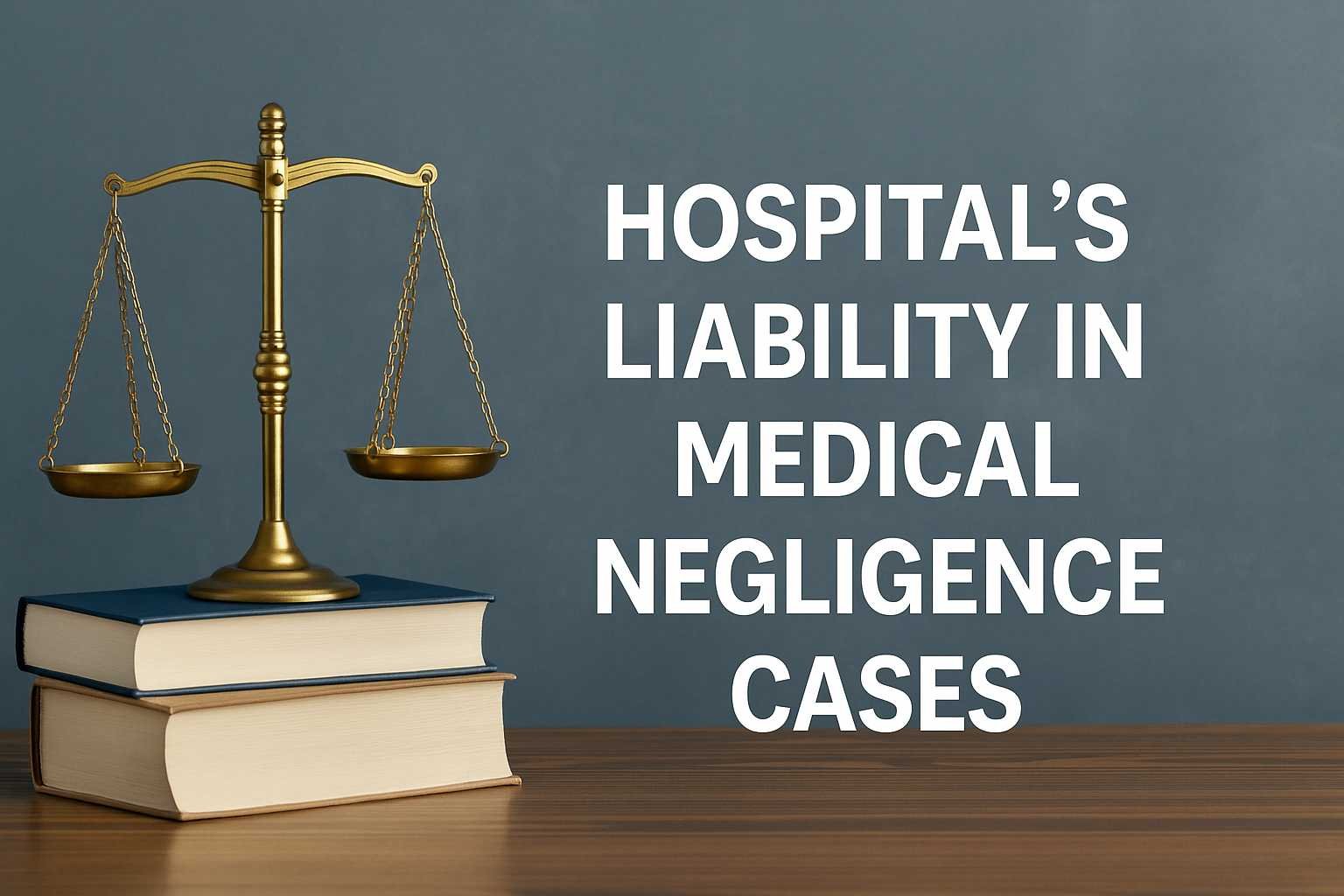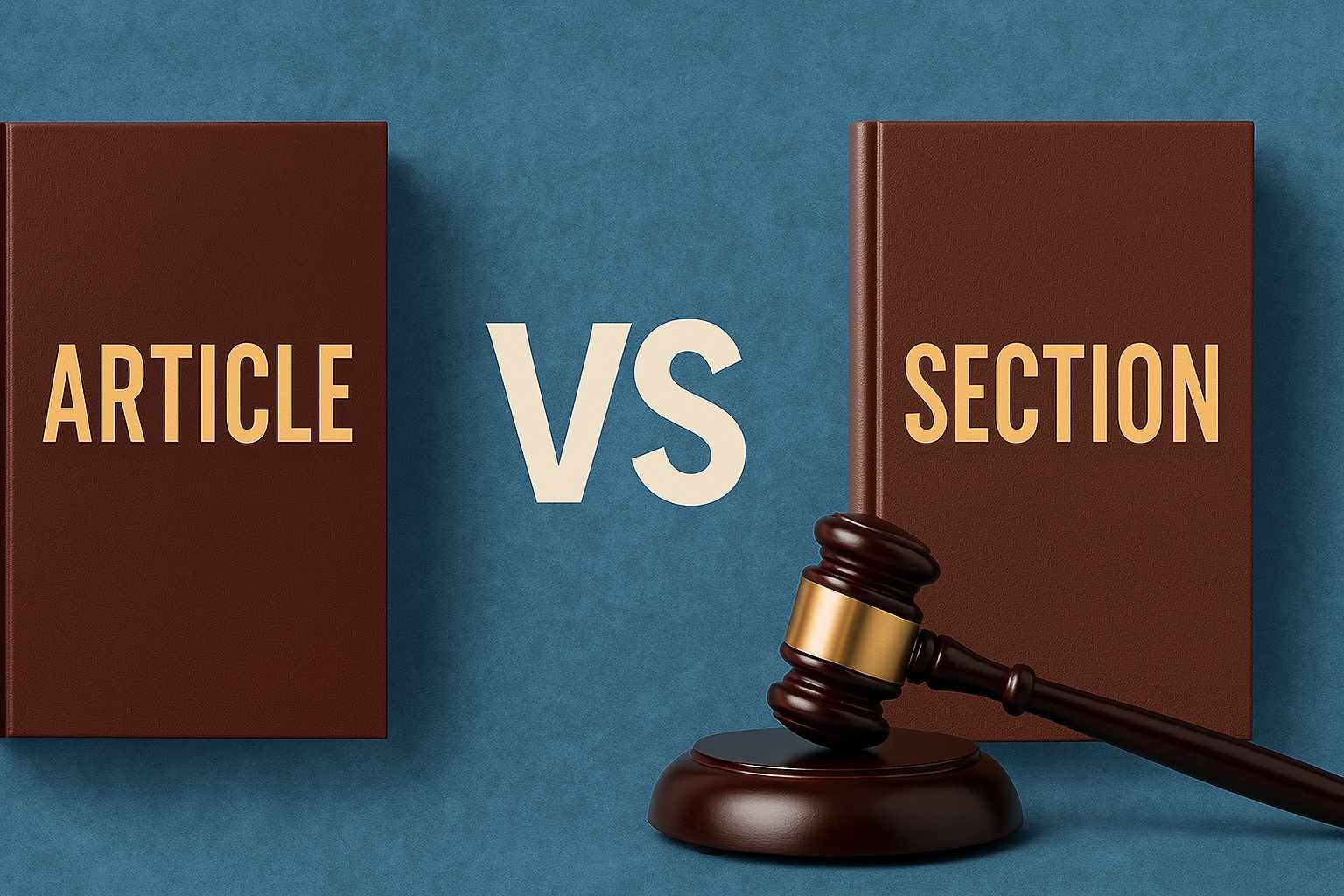On this page you will read detailed information about Abortion Law in the USA.
So you thought abortion law in America was complicated? Well, you don’t know the half of it. The debate around abortion rights in the US has been raging for decades with passionate voices on both sides. On the one hand, pro-choice advocates argue that women have a fundamental right to control their own reproductive health. On the other, pro-life supporters see abortion as murder of an innocent human life. There have been countless court cases, laws passed, laws struck down. It seems like a topic that will never find consensus or middle ground. If you’re interested in understanding how we got to where we are today on this polarizing issue, buckle up. The history of abortion law in America is a winding road full of moral arguments, legal complexities, and political posturing. But to have an informed opinion on where we should go from here, it’s important to understand where we’ve been. So let’s start from the beginning…
The History of Abortion Law in the United States

The history of abortion law in the United States is complicated and controversial. For much of the country’s early history, abortion was largely unregulated. The first laws restricting abortion were passed in the 1820s, banning it after quickening—when fetal movements can be felt, usually around the fourth month of pregnancy. In the mid-1800s, most states passed laws banning abortion except when necessary to save a woman’s life.
The Rise of Anti-Abortion Laws
In the 1860s, the newly formed American Medical Association began lobbying against abortion. By 1900, all states had laws banning abortion except to save a woman’s life. These laws stayed in place until the 1960s and 70s.
During this time, abortion was still common, though often dangerous as it was usually done illegally by untrained practitioners. Wealthy women could travel to places where abortion was legal or bribe doctors, but poor and middle-class women had few options. Thousands of women died or suffered serious medical problems from illegal abortions during this era.
The Road to Roe v. Wade
In the 1960s, there was growing concern over illegal abortion and its impact on public health. Several states started reforming their laws, allowing abortion in cases of rape, incest, or fetal anomaly. In 1970, New York repealed its abortion ban, legalizing abortion until the 24th week of pregnancy. Similar repeals followed in other states.
Momentum grew for abortion reform. In 1973, the Supreme Court issued its landmark Roe v. Wade decision, legalizing abortion nationwide during the first trimester of pregnancy. For the first time, abortion was legal in all 50 states, though regulated differently in each one. Roe v. Wade has shaped abortion law in America ever since.
The debate around abortion rights and restrictions continues today in state legislatures and courts across the country. There have been several subsequent Supreme Court cases modifying Roe v. Wade, but it remains the law of the land, protecting a woman’s right to choose in the early stages of pregnancy—for now. The long and turbulent history of abortion law in America is still unfolding.
Roe v. Wade and the Legalization of Abortion
In 1973, the Supreme Court issued its landmark Roe v. Wade decision, establishing the constitutional right to abortion in the first two trimesters of pregnancy. For the first time, abortion was legalized in the U.S., though still with some restrictions.
The Roe v. Wade ruling was a major victory for reproductive rights. Before this decision, abortions were illegal in 30 states and could only be performed in certain circumstances, like if the woman’s life was at risk. Now, women had the freedom to make decisions about their own reproductive health with their doctors.
However, the ruling also sparked major controversy that continues today. Opponents argue that abortion should not be legal, especially after the first trimester, because it ends a human life. There have been numerous attempts to overturn or limit Roe v. Wade, though none have been successful so far.
The legal battle over abortion rights did not end with Roe v. Wade. In the decades since, the Supreme Court has issued other rulings upholding, clarifying or modifying Roe v. Wade. For example:
- In 1992, Planned Parenthood v. Casey upheld Roe v. Wade but allowed new restrictions like mandatory waiting periods and parental consent for minors.
- In 2007, Gonzales v. Carhart banned a specific procedure known as intact dilation and extraction or “partial-birth abortion.”
- In 2020, June Medical Services v. Russo struck down restrictions on abortion providers in Louisiana that were similar to a Texas law the court overturned in 2016.
While Roe v. Wade still stands, its future is uncertain. There are concerns it could someday be overturned, allowing states to ban abortion altogether. For now, abortion remains legal in the U.S. during the first two trimesters of pregnancy, though access varies significantly based on where you live. The debate around abortion rights is sure to continue shaping laws and policies impacting women’s health care options.
In the previous post, we had shared information about Child Pornography Laws in the United States, so read that post also.
State-Level Abortion Laws and Restrictions
Abortion laws in the US are complicated and vary significantly between states. Since the 1973 Supreme Court ruling in Roe v. Wade, states have enacted their own laws regulating abortion. Some states have passed laws making it more difficult to get an abortion, while others have passed laws protecting abortion rights.
Mandatory Waiting Periods
Several states require mandatory waiting periods, typically 24 hours, between an initial consultation and the actual abortion procedure. The goal is to provide time for the woman to reflect on her decision, but critics argue it creates an unnecessary delay and additional burden.
Parental Consent and Notification
Some states require minors to obtain consent from or notify one or both parents before having an abortion. The specifics of these laws differ in each state regarding the age of the minor and whether consent or just notification is required. Proponents believe parents should be involved in such an important decision, while opponents argue it can put minors at risk if they cannot involve their parents.
Restrictions on Abortion Providers
Certain states have placed restrictions on facilities and physicians that provide abortions, such as requiring hospital admitting privileges or setting strict standards for procedure rooms. Supporters claim these laws improve safety, but critics argue their real aim is to restrict access to abortion by limiting the number of providers.
Public Funding and Insurance Coverage
The use of public funds, tax dollars and insurance coverage for abortion services is prohibited or restricted in some states. Medicaid coverage for abortion is very limited, available only in cases of life endangerment, rape or incest. Private insurance coverage of abortion also varies by state. Advocates argue that funding and coverage should be expanded to support women’s health, while opponents believe taxpayers and insurers should not have to fund a procedure they morally oppose.
The state-by-state variation in laws highlights the complexity of the abortion issue in America. As states continue to enact new laws both expanding and restricting abortion rights, the debate around this issue is sure to remain controversial.
Recent Legal Challenges to Abortion Rights
Over the years, abortion rights have faced numerous legal challenges in the US. Some cases have upheld Roe v. Wade, while others have chipped away at the rights of women to make decisions about their own reproductive health.
In 2016, the Supreme Court struck down parts of a Texas law (HB2) that imposed restrictions on abortion clinics, requiring them to meet the standards of ambulatory surgical centers and doctors to have admitting privileges at nearby hospitals. The court ruled that these requirements placed an undue burden on women seeking abortions.
However, some states have passed “heartbeat bills” that ban abortions once a fetal heartbeat can be detected, as early as six weeks into pregnancy. These laws directly challenge Roe v. Wade and aim to provoke a Supreme Court review of abortion rights. So far, federal judges have struck down heartbeat bills in several states, but some cases may still end up before the Supreme Court.
Other legal challenges involve laws requiring waiting periods, mandatory counseling, and ultrasounds before an abortion. Some states require parental consent for minors. Private insurance coverage of abortion is also under attack, with some states banning private insurance plans from covering the procedure.
At the federal level, the Hyde Amendment bans the use of federal funds like Medicaid to pay for abortions except in cases of rape, incest, or to save the life of the woman. Repealing the Hyde Amendment remains a goal of pro-choice advocates.
The future of abortion rights in America remains uncertain and subject to ongoing legal and legislative challenges. While Roe v. Wade still stands, its protections have been weakened over time through new laws and court rulings. Women in some states face far more restrictions and barriers to accessing abortion services. The shifting makeup of the Supreme Court also leaves the fate of Roe v. Wade at risk, as the court may someday revisit and possibly overturn this landmark decision. The battle for abortion rights is far from over.
The Future of Abortion Law in America
The future of abortion law in the US is unclear and complicated. Where it goes from here will depend on several factors:
The Supreme Court
The Supreme Court currently has a conservative majority, and there are concerns they may overturn or undermine Roe v. Wade, the 1973 decision that legalized abortion nationwide. However, the court is unpredictable, and justices don’t always vote along partisan lines. The impact of any court decision on abortion would also depend on how broadly or narrowly it’s applied.
State legislatures
In recent years, many states have passed laws restricting access to abortions. These include mandatory waiting periods, required counseling, and targeted regulation of abortion providers (TRAP) laws that impose strict requirements on clinics. However, some states have also passed laws protecting abortion rights. It’s likely that states will continue passing a mix of both restrictive and permissive laws.
Public opinion
Public support for abortion rights has remained relatively stable for decades. A majority of Americans support access to abortion, especially in cases of rape, incest, or to protect the woman’s health. However, views differ significantly based on factors like political ideology, religious beliefs, age, and gender. Evolving public attitudes could put pressure on lawmakers and the courts.
Grassroots efforts
Advocacy groups on both sides of the issue are working to advance their causes through public campaigns, lobbying, lawsuits, and elections. Pro-choice groups promote reproductive rights while pro-life groups argue that abortion should be illegal on moral grounds. The efforts and successes of these grassroots movements will also shape the future of abortion law.
The status of abortion law in the US remains unsettled and controversial. Ongoing debates around women’s rights, religious freedom, scientific progress, and moral values mean that this issue will likely remain contentious for generations to come. The future is hard to predict, but we can expect more lively discussions, close votes, and landmark decisions that will permanently alter the legal landscape around abortion.
Disclaimer
The information and services on this website are not intended to and shall not be used as legal advice. You should consult a Legal Professional for any legal or solicited advice. While we have good faith and our own independent research to every information listed on the website and do our best to ensure that the data provided is accurate. However, we do not guarantee the information provided is accurate and make no representation or warranty of any kind, express or implied, regarding the accuracy, adequacy, validity, reliability, availability, or completeness of any information on the Site. UNDER NO CIRCUMSTANCES SHALL WE HAVE ANY LIABILITY TO YOU FOR ANY LOSS OR DAMAGE OF ANY KIND INCURRED AS A RESULT OR RELIANCE ON ANY INFORMATION PROVIDED ON THE SITE. YOUR USE OF THE SITE AND YOUR RELIANCE ON ANY INFORMATION ON THE SITE IS SOLELY AT YOUR OWN RISK. Comments on this website are the sole responsibility of their writers so the accuracy, completeness, veracity, honesty, factuality and politeness of comments are not guaranteed.
So friends, today we talked about Abortion Law in the USA, hope you liked our post.
If you liked the information about Abortion Law in the USA, then definitely share this article with your friends.








